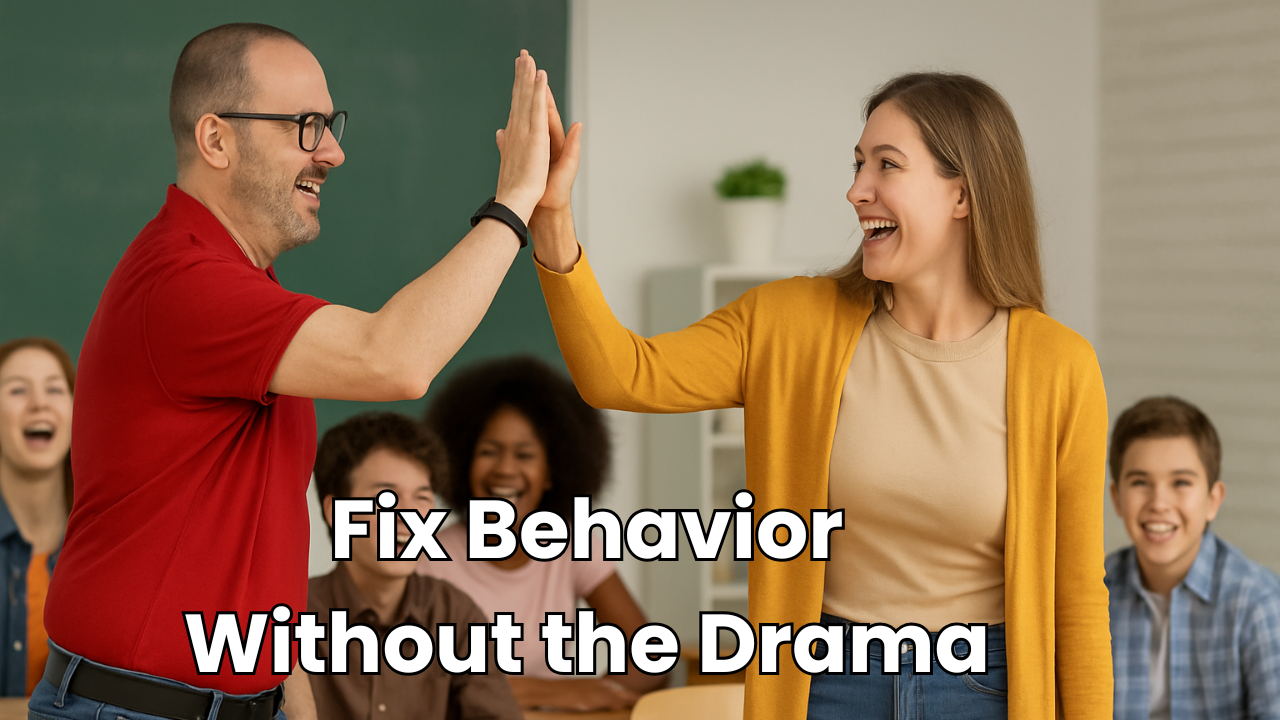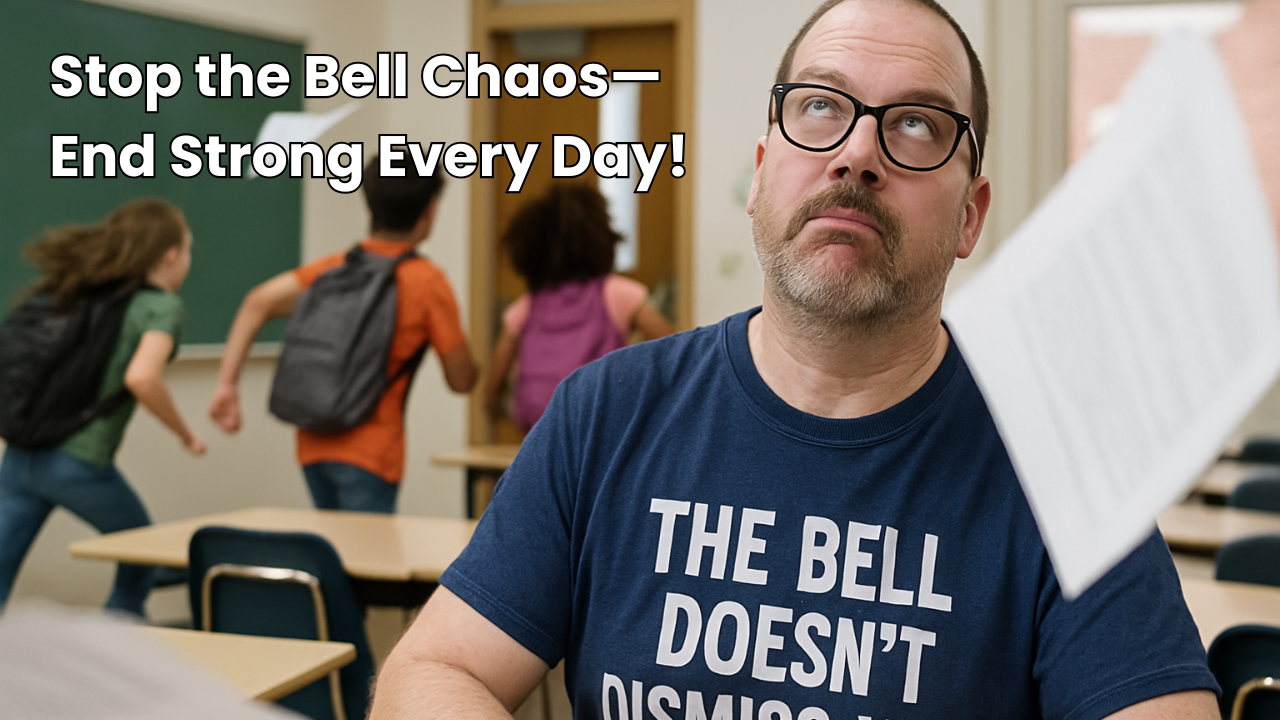
Introduction: Why Authentic Videos Matter
Listening comprehension is one of the trickiest skills to develop in a language classroom. Students often struggle with the speed, accent, and unpredictability of real-world speech. But what if we could bridge the gap between controlled classroom listening and real-world understanding? The answer is simple: authentic video clips.
Authentic videos expose students to natural speech patterns, cultural insights, and the richness of real-world language. But many teachers hesitate to use them, fearing they’ll be too difficult for students. The good news? It’s not only possible but surprisingly simple!
By following the right steps, you can transform authentic videos into powerful tools that challenge your students’ listening skills while keeping them engaged. Here’s exactly how to do it.
Step 1: Choosing the Right Authentic Videos
Not all authentic videos are created equal! The key is to find content that stretches, but doesn’t overwhelm, your students.
Use Videos with Clear, Natural Speech
Avoid fast-paced, heavily slang-filled dialogue at first. Instead, look for content where speakers articulate well, such as news reports, cooking tutorials, or interviews with minimal background noise. These videos provide exposure to natural speech without the added challenge of excessive slang or multiple overlapping voices.
Look for Strong Visual Support
Students rely heavily on context to understand spoken language. Videos with gestures, facial expressions, and on-screen actions make comprehension easier. Travel vlogs, how-to videos, and simple explainer clips work great. When students can see the meaning unfold visually, they feel more confident in their understanding.
Select Topics That Excite Your Students
Engagement is key! If your students love soccer, music, or gaming, find videos that feature those interests. A one-minute clip about Messi’s latest goal will hook them far more than a generic grammar lesson. Authentic videos should be interesting enough that students want to understand what’s happening, rather than seeing it as just another assignment.
Step 2: Setting Up Pre-Viewing Activities
Throwing students straight into a video without preparation can lead to frustration. Pre-viewing activities help set them up for success.
Introduce Key Vocabulary Naturally
Instead of handing out a vocabulary list, show images, short clips, or gestures to reinforce meaning. For example, if the video is about ordering food, act out a restaurant scene before students even see the clip. This gives them context without overwhelming them with definitions.
Predict Before Watching
Show students a screenshot or a muted clip and have them guess what’s happening. This builds curiosity and activates prior knowledge. You can also have them brainstorm words they expect to hear based on the topic.
Do a Quick Listening Warm-Up
Play just five seconds of the clip and ask, What do you hear? What do you expect next? This simple exercise gets their ears tuned in without pressure. By lowering the stakes, students can focus on picking out key sounds rather than feeling the need to understand everything immediately.
Step 3: Keeping Students Engaged During the Video
If students are passively watching, they aren’t fully engaging. Keep them involved with these simple strategies.
Use the “Pause and Predict” Technique
Stop the video at key moments and ask students: What do you think will happen next? This keeps them engaged instead of zoning out, encouraging them to actively listen and process the language.
Assign “Listening Missions”
Give students specific things to listen for—emotions, repeated words, or key phrases. Example: Find three words related to food in this clip! This makes the task feel like a game rather than a test.
Let Them “Act It Out”
Encourage students to mimic gestures, intonations, or even dialogue to reinforce listening through movement. If they physically imitate the tone and rhythm of a sentence, they internalize the speech pattern more effectively.
Step 4: Post-Viewing Activities That Deepen Comprehension
Once students have watched the video, it’s time to solidify their understanding.
Summarize with a Twist
Instead of a generic recap, have students retell the video from a different perspective. If the clip was about a restaurant, one student might summarize from the point of view of a waiter, another from a customer. This forces deeper processing of the content.
Play Matching Games
Provide screenshots and phrases from the video, and students must match them correctly. This reinforces their memory of key moments and language structures.
Facilitate Group Discussions
Use questions like Why do you think the speaker reacted that way? or What would you have done differently? This encourages students to engage with the language on a personal level, moving beyond passive listening.
Step 5: Adapting Video Use for Different Proficiency Levels
For Beginners → Use subtitled videos and focus on basic comprehension. Allow students to watch the video multiple times and discuss key words as a class.
For Intermediate Learners → Introduce faster, unscripted speech and have students take notes on specific information. Reduce reliance on subtitles by covering certain words and challenging students to infer meaning.
For Advanced Students → Challenge them with real-world podcasts, news, or street interviews. Ask them to summarize key points in their own words or create their own follow-up questions based on the content.
Conclusion: Your Next Step
Using authentic videos doesn’t have to be difficult. By choosing the right clips, preparing students with engaging pre- and post-viewing activities, and adjusting for proficiency levels, you’ll unlock a whole new level of listening comprehension in your classroom!
Want to know how well you’re using CI strategies? Take the CI Proficiency Quiz now at https://imim.us/ciquiz and see where you stand!
Key Takeaways
- Choose videos carefully—clear speech, engaging topics, and strong visuals help students focus.
- Prepare students before watching with vocabulary, predictions, and warm-ups to build confidence.
- Keep students engaged by pausing, predicting, and giving them “listening missions.”
- Reinforce comprehension with creative post-viewing activities like retelling, matching, and discussion.
- Adapt difficulty levels for beginners to advanced learners to keep the challenge appropriate.



